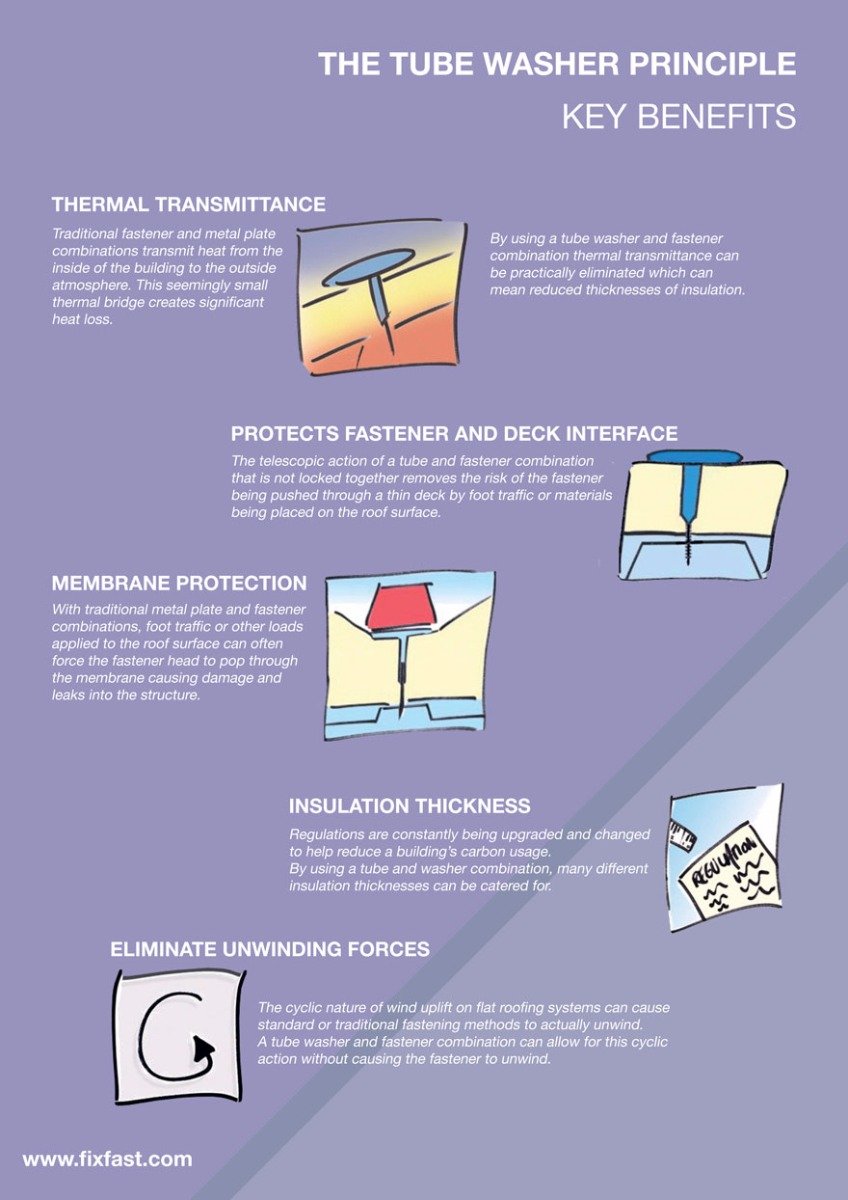Ignoring Roofing System Ventilation Can Result In Pricey Repair Services; Uncover The Vital Factors To Consider That Make Certain Effective Installment And Maintain Your Investment
Ignoring Roofing System Ventilation Can Result In Pricey Repair Services; Uncover The Vital Factors To Consider That Make Certain Effective Installment And Maintain Your Investment
Blog Article
Short Article Author-Kehoe Poole
When you're dealing with a roofing project, you could not believe much regarding roof covering ventilation, but it's more essential than you understand. Reliable air flow aids manage temperature and moisture in your attic room, stopping troubles like mold and mildew and architectural damages. By recognizing exactly how to develop and install a balanced ventilation system, you can improve power efficiency and lengthen the life expectancy of your roof covering materials. So, what are the essential elements to take into consideration throughout installation that can make all the difference?
Value of Roofing Air Flow
Roof ventilation plays a crucial role in preserving the overall wellness of your home. By enabling fresh air to flow via your attic, it helps regulate temperature and moisture levels. This balance is essential to protect against heat buildup throughout warm months, which can result in enhanced power expenses as your air conditioning works overtime.
In addition, appropriate ventilation dramatically decreases the danger of moisture-related concerns like mold and mildew and mold. If humidity degrees increase, your home's architectural integrity can be compromised, leading to costly fixings. You wouldn't intend to manage decomposing timber or deformed roof covering materials, right?
In san antonio kitchen remodel , appropriate ventilation expands the life-span of your roofing system. When warm and moisture are kept in check, your roof can perform efficiently, preventing premature deterioration. This indicates fewer headaches and expenses down the line.
Exactly How Roof Air Flow Works
Effective roof covering air flow relies upon the all-natural motion of air to create an equilibrium in between consumption and exhaust. When you install vents, you're essentially allowing fresh air to enter your attic room while enabling hot, stagnant air to run away. This procedure assists control temperature and dampness levels, stopping problems like mold development and roofing damages.
Intake vents, generally found at the eaves, reel in great air from outdoors. Meanwhile, exhaust vents, situated near the ridge of the roofing, let hot air rise and exit. The distinction in temperature level creates a natural air flow, known as the stack effect. As cozy air increases, it creates a vacuum cleaner that pulls in cooler air from the lower vents.
To enhance this system, you need to make sure that the intake and exhaust vents are properly sized and placed. If the consumption is limited, you won't achieve the desired air flow.
Likewise, not enough exhaust can trap heat and wetness, leading to possible damages.
Trick Installment Factors To Consider
When mounting roof air flow, several key considerations can make or break your system's effectiveness. Initially, you need to analyze your roofing's style. The pitch, shape, and products all affect airflow and air flow selection. Ensure to select vents that fit your roofing type and local environment problems.
Next, consider the placement of your vents. Ideally, you'll want a well balanced system with consumption and exhaust vents placed for optimum air flow. Area intake vents low on the roof and exhaust vents near the top to urge a natural flow of air. This configuration aids protect against wetness accumulation and advertises power performance.
Do not ignore insulation. Appropriate insulation in your attic room prevents warmth from escaping and maintains your home comfy. Guarantee that insulation doesn't block your vents, as this can prevent air flow.
Finally, think of maintenance. Select ventilation systems that are very easy to gain access to for cleaning and inspection. Suggested Browsing guarantees your system remains to work efficiently in time.
Conclusion
To conclude, roof covering air flow is essential for an effective installment. By ensuring appropriate airflow, you can stop warmth build-up and moisture issues that cause costly damages. When you tactically position consumption and exhaust vents, you boost power effectiveness and lengthen the lifespan of your roof. Remember, a well-ventilated roof not just protects your financial investment yet also improves your indoor air high quality. So, prioritize ventilation to make sure a durable and economical roof for your home.
